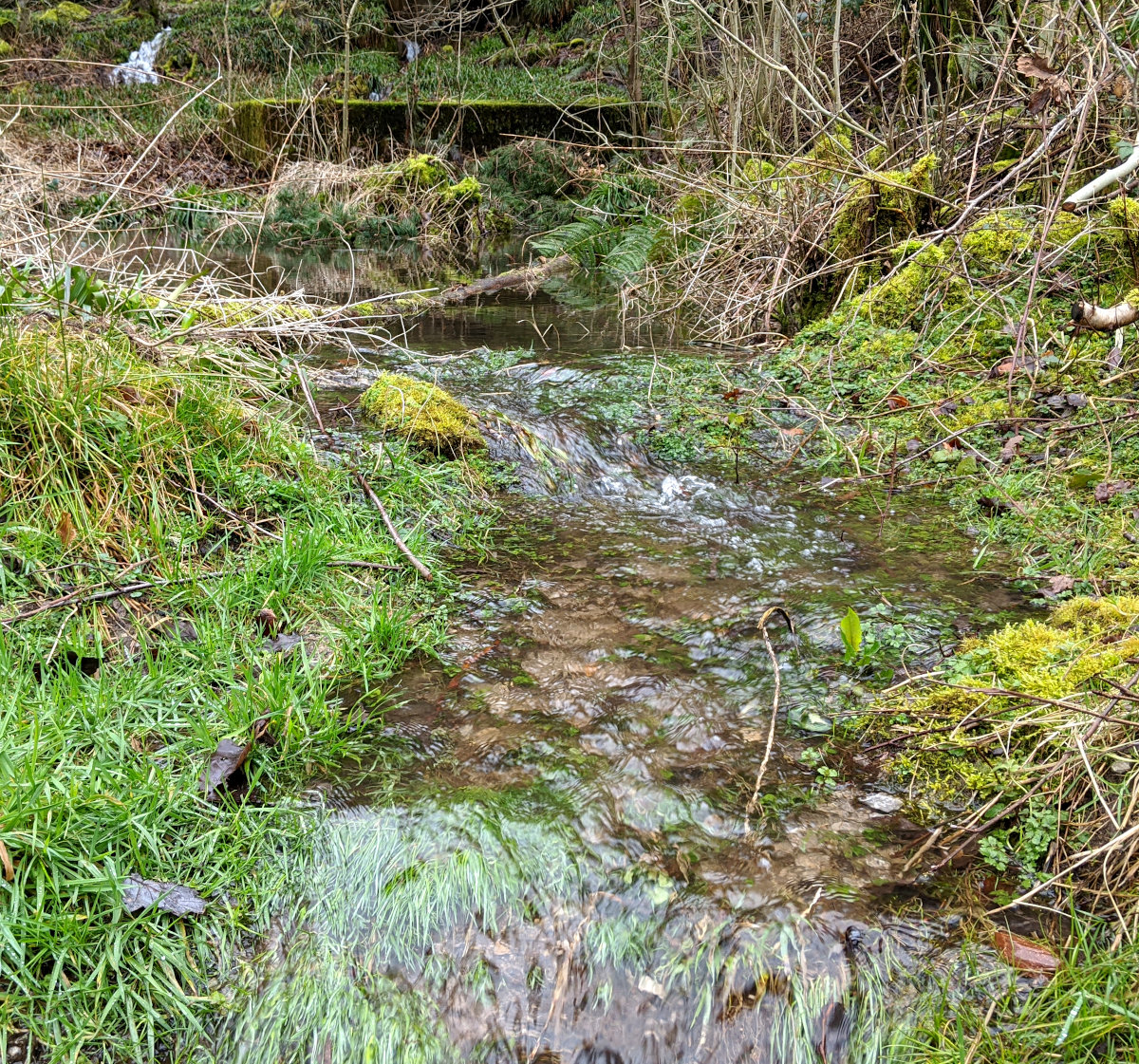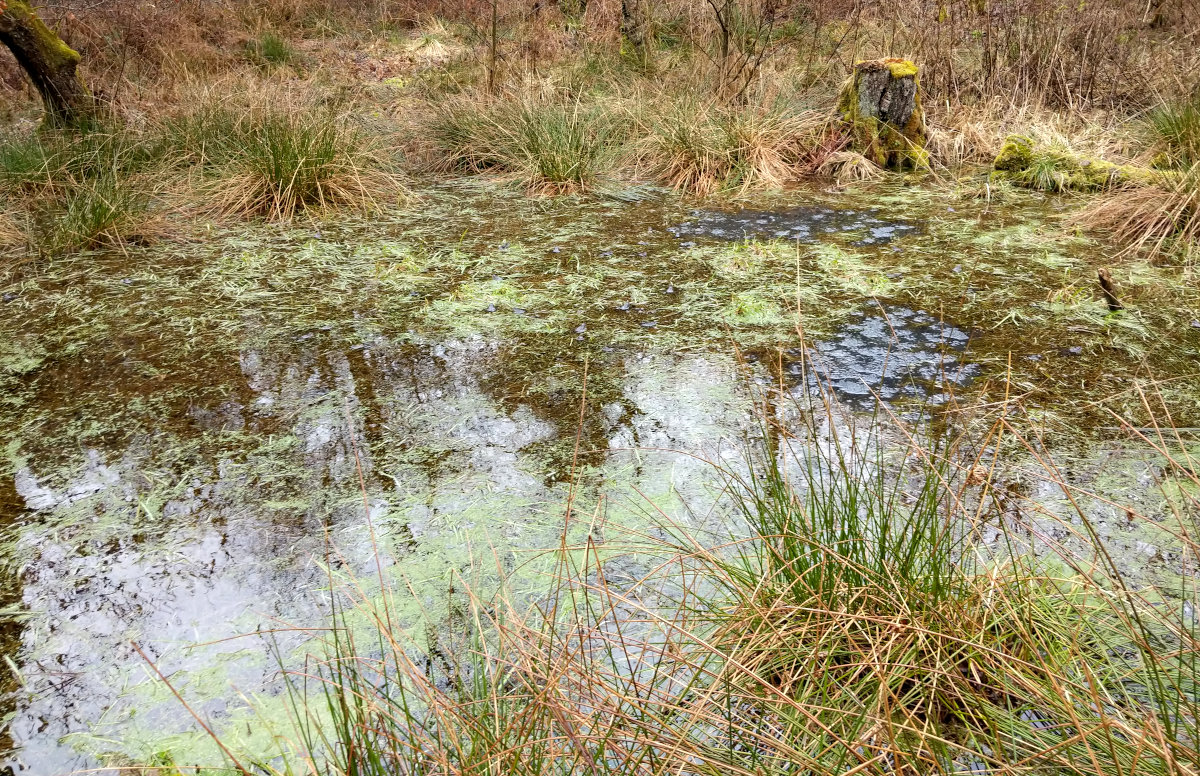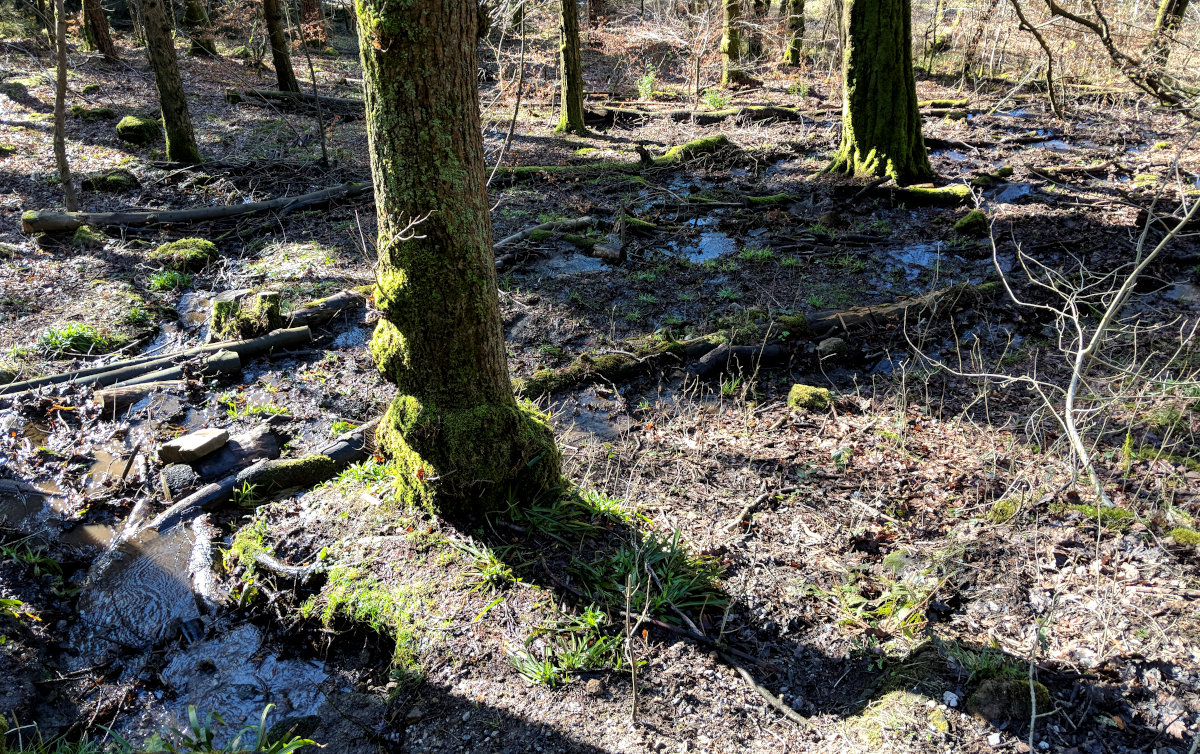Slow the flow at Hardcastle Crags.

The Slow the Flow program at Hardcastle Crags is a natural flood management project that was launched in 2016 by the National Trust and Slow the Flow, a local charity.
The project aims to reduce the risk of flooding in the Hebden Bridge area by slowing the flow of water from the hillsides into the River Calder.
The project uses a variety of natural flood management techniques, including:
- Building leaky dams: Leaky dams are small dams that are built across streams and gullies. They allow water to flow through, but they slow the flow down, giving it more time to soak into the ground.
- Planting trees and hedgerows: Trees and hedgerows help to slow the flow of water and prevent it from running off the land too quickly.
- Reducing the amount of impermeable surfaces: Impermeable surfaces, such as concrete and tarmac, do not allow water to soak into the ground, so they can increase the risk of flooding.
- Restoring river meanders: This helps to slow the flow of water and reduce the risk of flooding downstream.
- Changing land management practices: Farmers can help to reduce the risk of flooding by changing the way they manage their land. For example, they can leave some fields fallow, which will help to increase the amount of water that can be stored in the soil.
- Creating wetlands: Wetlands are good at storing water, so they can help to reduce flood risk.
Since the project began, over 520 leaky dams have been built in the Hardcastle Crags area.
Below: This network of small dams creates meanders and small ponds allowing water to soak into the ground and for sediments to settle.

The project has also seen the planting of thousands of trees and hedgerows, and the removal of a number of impermeable surfaces.
Does slow the flow natural flood management work?
The Slow the Flow program at Hardcastle Crags is a success story. It has helped to reduce the risk of flooding in the Hebden Bridge area, and it has also improved the environment for wildlife.
The work done in the Crags can delay peak water flow during flooding of up to to 4 hours reducing flooding downstream and smoothing out the flow of water. The leaky dams also reduce the amount of sediment in the water and improve the quality.
The project is a great example of how natural flood management can be used to protect communities from flooding and improve the environment.
Below: One of the ponds the system has created.

If you are interested in finding out more about the Slow the Flow program at Hardcastle Crags, you can visit the National Trust website or the Slow the Flow website. You can also contact the Slow the Flow team directly.
Natural flood management or NFM is a way of reducing the risk of flooding by working with natural processes and can be used in urban and rural areas, and on rivers, estuaries and coasts.
Below: A network of small dams create wetlands.

NFM can be a cost-effective way of reducing flood risk. It can also have a number of other benefits, such as improving water quality, creating habitats for wildlife and providing recreational opportunities.
Here are some of the benefits of natural flood management:
- Reduces flood risk: NFM can help to reduce the risk of flooding by slowing the flow of water and storing it in natural areas, such as wetlands and floodplains.
- Improves water quality: NFM can help to improve water quality by reducing the amount of sediment and pollutants that are washed into rivers and streams.
- Creates habitats for wildlife: NFM can create new habitats for wildlife, such as wetlands, floodplains and woodlands.
- Provides recreational opportunities: NFM can provide new opportunities for recreation, such as walking, cycling and fishing.
If you are interested in finding out more about natural flood management, there are a number of resources available online and in libraries. You can also contact your local council or environmental agency for more information.
